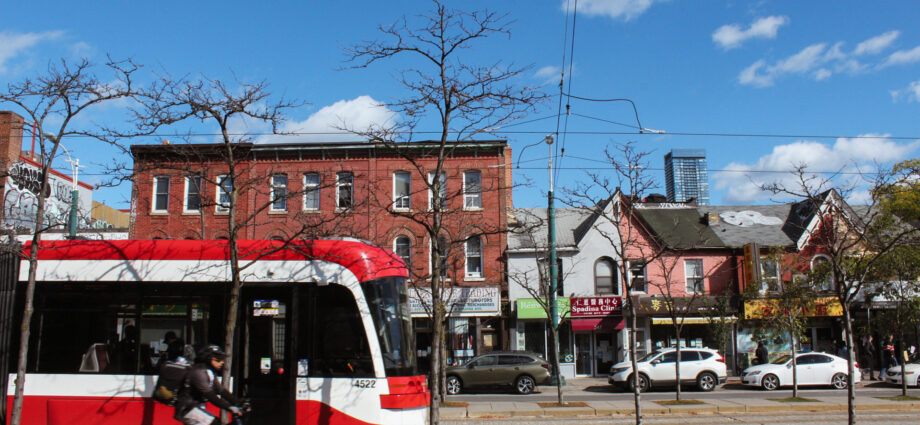Welcoming Toronto & Bogotá Correspondent Carlos Ruiz!
In January 2022 we launched the Global Walkability Correspondents Network, as a way to build solidarity among walkability advocates around the world and continue to create media on sustainable mobility and urbanism.
We are happy to welcome Toronto-based Carlos to our growing network of individuals who are passionate walkability advocates.

I think of pedestrian and public spaces as a reflection of democracy. That is why I think there is still a lot of work to be done if we want to live in a healthy, sustainable and democratic environment and walkability advocacy can help us get there.
-Carlos Ruiz
WHO
I have an academic background in Political Science and Philosophy. During my working years, I have had many different roles including legal assistant, reporter and customer service, but the most rewarding work experience that I’ve had was being a primary school teacher. It was during this time that I understood that our minds are very malleable and that through education, our beliefs and behaviors can be transformed in a positive way. I believe we need to use the power of education and advocacy to contribute to the change our cities and our planet so desperately need and a big part of that change is walkability.

Other challenges Toronto faces include the incredibly high cost of living and gentrification that pushes lower-income residents out to less dense and more car-dependent neighborhoods.
-CARLOS RUIZ
WHERE
Throughout my life, I’ve had the opportunity to live in very different places. I was born and raised in Bucaramanga, Colombia and during my childhood, I lived in Caracas, Venezuela for a couple of years. After graduating high school at age 18, I moved to Bogota, Colombia and lived there for two years. I then moved to Nashville, Tennessee in the U.S for three years before moving to Fort Myers, Florida for another three years. I finally moved to Toronto, Canada where I currently live.

As a Walkability Correspondent, I will be representing Toronto and Bogota, two cities with vast differences but also a lot of similarities. Toronto is one of the most walkable cities in North America and has a public transit system with relatively good coverage. Being the economic hub of Canada, Toronto is a busy and modern metropolis that attracts millions of daily commuters from the surrounding car-dependent suburbs and towns creating endless traffic jams on the main streets and highways.
Walking and public transit were my main ways of mobility until I moved to the U.S where, in many places, you must own a car if you want to have a life. That cultural shock introduced me to the concept of walkability and made me more aware of the importance walking has for physical, mental and environmental health.
-CARLOS RUIZ

Other challenges Toronto faces include the incredibly high cost of living and gentrification that pushes lower-income residents out to less dense and more car-dependent neighborhoods.
Also, as a winter city, sidewalks and bike lanes are often neglected when it comes to snow removal as priority is given to highways and roads. I will be highlighting these and other issues in the future.

WHY WALKABILITY
Walking has always been a part of my life. As a kid I used to walk to school every day and growing up, car dependency was not a problem I had. Walking and public transit were my main ways of mobility until I moved to the U.S where, in many places, you must own a car if you want to have a life. That cultural shock introduced me to the concept of walkability and made me more aware of the importance walking has for physical, mental and environmental health.
I believe we need to use the power of education and advocacy to contribute to the change our cities and our planet so desperately need and a big part of that change is walkability.
-Carlos Ruiz

Walkability aligns with my beliefs and values and I think of pedestrian and public spaces as a reflection of democracy. That is why I think there is still a lot of work to be done if we want to live in a healthy, sustainable and democratic environment and walkability advocacy can help us get there.

Carlos is an avid walker and cycling enthusiast based in Toronto, Canada. With a background in Political Science and teaching, he believes walkable cities play a vital role in the development of local economies, the environment and public health as well as contributing to the strengthening of democratic values. Carlos is a strong advocate of changing the car-centric culture of North America and strongly believes in education as the most important tool for positive change.
Read Toronto & Bogotá Correspondent Carlos’ content here
Learn more about the Global Walkability Correspondents Network here

